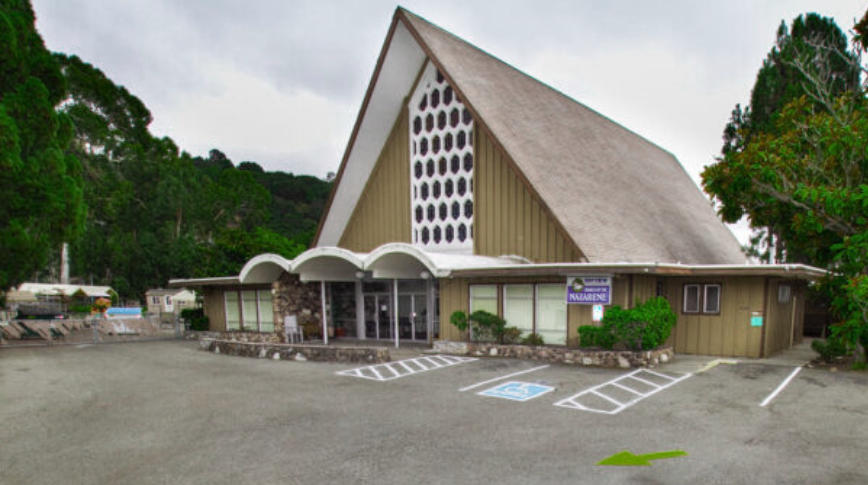By :
As congregations shrink and close, church leaders must decide whether to give their buildings a second life.
(RNS) — When he was named a district superintendent for the Church of the Nazarene, the Rev. Albert Hung found himself facing the same problem many denominational leaders face. Too many churches.Of the
90 or so congregations in the Northern California district Hung leads, few have more than 100 people, with most drawing around 40 people to worship services in buildings designed to seat far more. Their longterm, viable future is questionable — as those congregations are aging, shrinking and often disconnected from their neighbors. A number of churches in the district have already decided to close, leaving empty pews in shuttered buildings. The Rev. Albert Hung.
But an empty church building is not just an asset to be liquidated, said Hung, who insists these are still sacred spaces that God can use even if the churches that once worshipped in them no longer exist. That belief led Hung to look for creative ways to use empty church buildings.
In Santa Cruz, the Nazarenes have teamed up with a nondenominational congregation to turn a shuttered church building into a community center that will house a number of nonprofits.
For years, the building was home to First Church of the Nazarene in Santa Cruz, a small congregation that shut down after its longtime pastor retired. The church also rented space to Faith Community Church of Santa Cruz, a nondenominational church that runs several
Pastor Albert Lee of Regeneration Church in Oakland said his nondenominational congregation rented space from an older Baptist congregation. When that church closed, Regeneration bought the building at top dollar, said Lee. He had hoped the denomination that owned the building would be willing to bless his church rather than seeing the sale as just another transaction — especially in the Bay Area, where property values are sky high.
“I felt really they could have partnered with us to bless the community and do some good things together, but they just had money on their mind,” he said.
When a new church starts up, Lee said, they are keenly aware of God’s provision for their needs. But when churches close, Lee said, they often don’t think about what God’s is doing and instead hold on tight to their material assets.
Lee, whose congregation bought their building just before the pandemic, has mixed feelings about the whole process. On one hand, owning the building has allowed them to run a homeless ministry and offer English as a Second Language and other programs for refugees. On the other hand, the church spent months unable to meet in the building due to COVID and as of February was still meeting on a limited basis.
Sister Gladys Guenther. For Sister Gladys Guenther, president of the Fremont, California-based Sisters of the Holy Family, planning for the future has been a blessing and a time of grief. Like many orders of Catholic nuns, the Holy Family sisters have been aging and declining in numbers.
At their peak, there were about 250 sisters. Now there are just over 40.
The sisters worked with Dutra in recent years to sell their motherhouse, which was outdated, and to use those funds to build senior housing. Members of the order live there now, and when they are gone, the buildings will likely be sold to a nonprofit that works with seniors.
Sister Gladys, who is 76 — “I am one of the younger sisters” — said that in planning for the future, members of the order had two goals: to care for the sisters as they grew old and to ensure the legacy of the order would live on even after they were gone.
Gladys said there has been grief in watching her order plan for shutting down. When she joined in the 1960s, the future looked bright. Now, she said, there’s grief in watching an organization she loved die. The hardest part, she said, is saying goodbye to sisters she has known for decades.
“One would presume that all of this change is part of God’s plan, too. It might not be my preferential plan if I were informing God of what I would like to see happen,” she said. “But you know what — life is filled with things you thought you could never do or even imagine.”



















